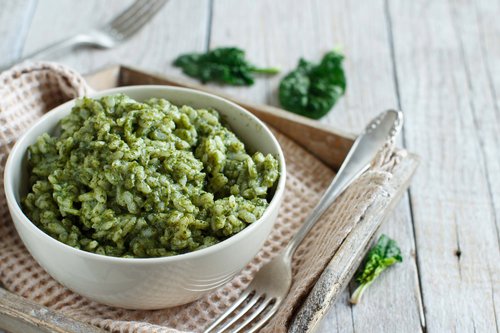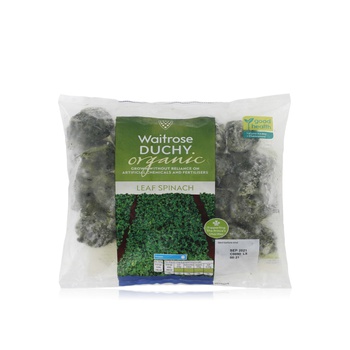Will eating this leafy green really beef you up?
Spinach has always been seen as a brawn booster. Popeye famously popped open a can whenever he needed a quick burst of superhuman strength and more recently, Hollywood tough guy Jason Statham ate nothing but spinach and brown rice to get lean for a movie role. So, are the leafy vegetable’s muscle-building capabilities fitness fact or cartoon fiction?

Accidental iron
Spinach’s emergence as a superfood is an interesting one, as it can be traced back to an alleged typographical error made in 1870 by chemist Erich von Wolf. Although an expert in nutrition, he was less competent when it came to editing his research paper, placing a decimal point in the wrong place while chronicling spinach's iron level. Instead of 3.5 grams, von Wolf marked it down as 35 grams, ten times higher than the actual amount and the mistake went unnoticed until 1937, when researchers spotted the German's massive goof.
In the meantime, von Wolf’s boo-boo resulted in a spinach sales spiking across the globe with consumers eager to acquire the affordable vegetable that (they thought) contained more iron than a juicy steak. Even the creators of Popeye the Sailorman cartoon bought into spinach’s superpowers, bestowing the sailor with the strength of 10 elephants every time he ate a can-full. The leafy green had accidentally become a nutritional phenomenon, but iron content aside, spinach is actually a nutritional heavyweight, as Mr Statham’s diet proves.

Spinach and rice
Statham’s strict diet of brown rice and spinach helped him drop a few pounds and get lean for his role in the film Wild Card. Although we wouldn’t recommend this diet to anyone, it certainly proves a point that one of the fittest guys in the world can get his nutrition solely from the leafy green; brown rice contributes only fibre and protein, leaving spinach to fill in the gaps and that it does, and then some.
Nutrition
Spinach is a nutrient dense vegetable, packing high amounts of vitamin C, vitamin K, folic acid, calcium, carotenoids and yes, it does actually have a decent iron content too. Together, these vitamins and minerals can help strengthen your bones, heart and immune system. They can promote skin and eye health and the iron content does indeed help create the protein hemoglobin, which helps red blood cells to carry oxygen to your tissues.
But that’s not all, as spinach also contains several essential plant compounds including lutein, kaempferol, quercetin, zeaxanthin and nitrates that also promote heart and eye health while strengthening the immune system and moderating blood pressure.

Deserved superfood
So, can a cup of spinach give you an instant muscle boost, Popeye style? Well, it can certainly transport nutrients throughout the body, which in turn can help rebuild muscle more efficiently – it cannot give you an instant hit of explosive power, though. The leafy green does contain numerous vitamins and minerals, with a single 100 gram serving of raw spinach containing 2.9 grams of protein, 3.6 grams of carbs and 0.4 grams of fat, which is your trio of macros covered. From then on, all the goodness supplied by spinach’s vitamins and plant compounds is a bonus, making it one of the most beneficial of all vegetables and enough of a superfood powerhouse to keep Jason Statham filled up and looking lean.





